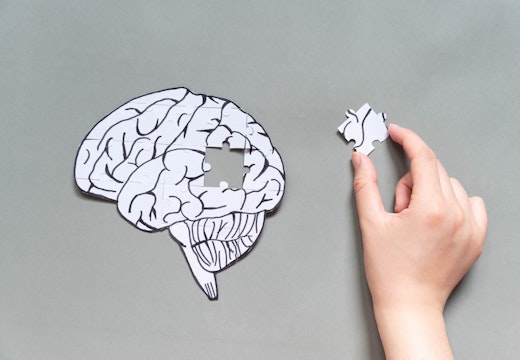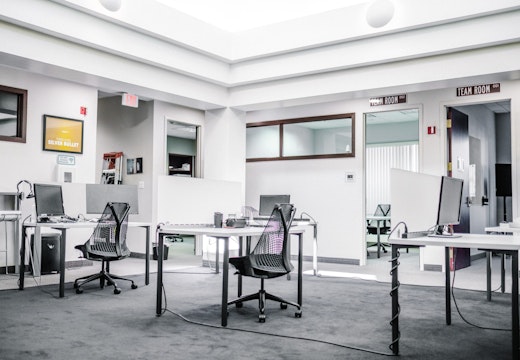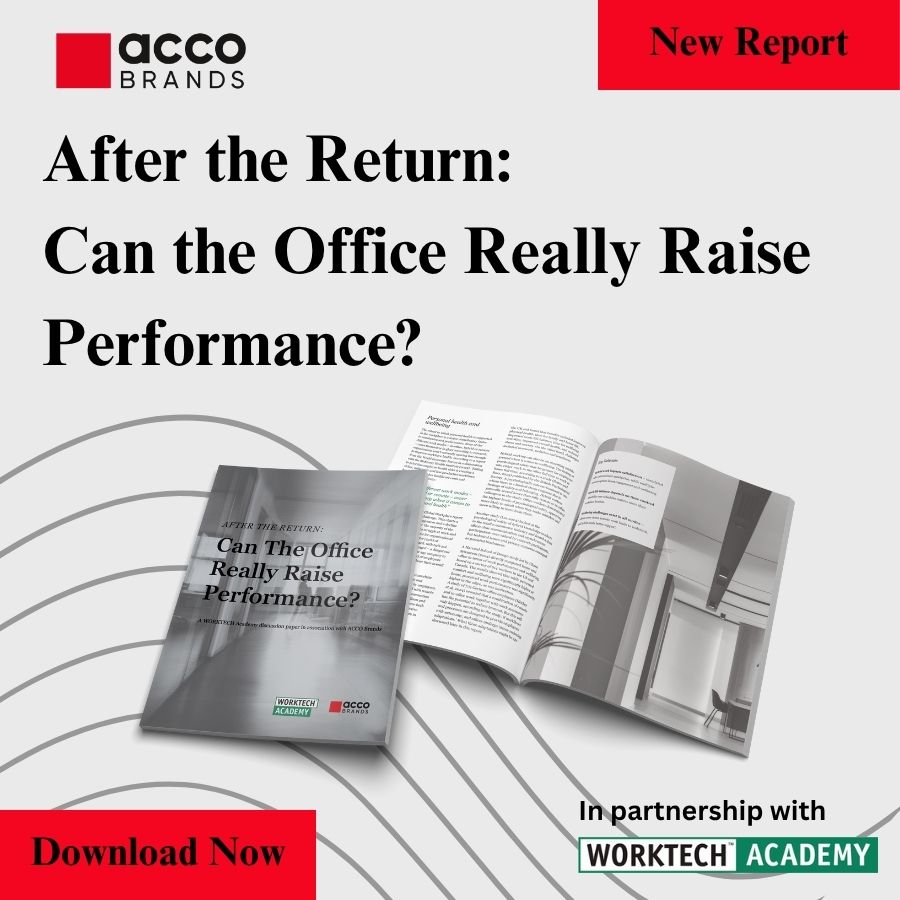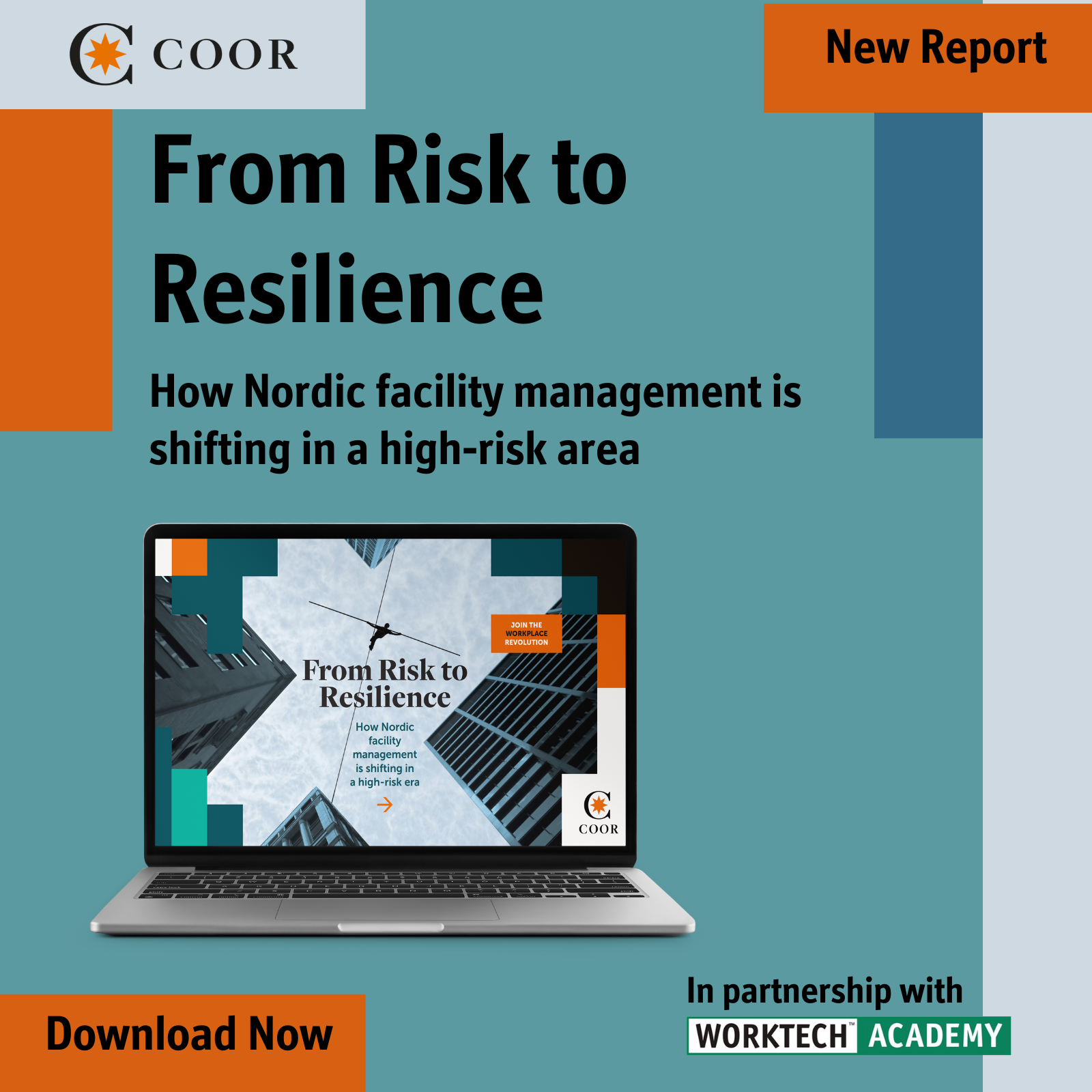The sound of sustainability: combining music and nature
A new pilot study by a joint research team from Colombia and Portugal has paired instrumental music with natural elements to communicate what sustainability sounds like in the workplace
What should sustainability sound like in the workplace? This is not an abstract question. A new pilot study by a joint research team from Colombia and Portugal has created a series of soundscapes that communicate the concept of sustainability by aligning musical and thematic elements.
We’ve long been familiar with encouraging sustainable practices in the workplace, and with introducing soundscapes to the office environment. This research, led by academic Bryan Rodriguez (2025), combines the two: the study found that soundscapes that pair certain sorts of instrumental music and nature sounds can shape perceptions of sustainability – and even potentially encourage sustainable behaviour.
The research team explains: ‘A pilot study identified sensory and affective descriptors linked to sustainability which were then used to determine psychoacoustic properties (e.g., pitch, consonance) capable of communicating these descriptors. Based on these properties, ten instrumental soundtracks were selected and evaluated for their capacity to evoke sustainability associations. Soundtracks aligned with sustainability descriptors reliably elicited strong perceptions of sustainability. Additionally, overlaying nature sounds enhanced associations with environmental sustainability.’
Natural soundscapes
These latest findings are consistent with those of prior studies ‘demonstrating that natural soundscapes encourage environmentally sustainable choices . . . and pro-environmental attitudes.’
When space users even think that the sounds around them are natural, there are desirable effects according to research by Haga, Halin, Holmgren and Sorqvist (2016). Koivisto, Jalava, Kuusisto, Railo, and Grassini (2022) further report that ‘The source of an ambiguous sound was attributed to either nature (waterfall) or industry (factory). . . the participants’ subjective experiences were more pleasant and relaxed when the sound was attributed to nature than to industry.’
Moving beyond mere perceptions, solid research focused solely on nature sounds indicates the value of nature soundtracks – particularly, the sounds found in meadows on lovely spring days such as peacefully singing birds, gently flowing, burbling water, and rustling leaves and grasses.
These soundtracks have been found to boost professional performance and creativity (for instance, Weir, 2020; Ratcliffe, 2021; Moodsonic, 2022; Strobbe, Lorenz, and Kuhn, 2023; Latini, Torresin, Oberman, Giuseppe, Aletta, Kang, and D’Orazio, 2024). They also calm listeners that were previously stressed (for example, Buxton, Pearson, Allou, Fristrup, and Wittemyer, 2021; Ratcliffe, 2021; Hsieh, Yang, Huang and Chin. 2023; Michels and Hamers, 2023).
White and pink noise
Effects of white noise on cognitive performance are particularly powerful for people with ADHD (Soderlund, Bjork, and Gustafasson, 2016). Pink noise is sometimes mentioned by acoustic landscapers, but it’s handiest for promoting deep relaxation and sleep (for example, Zhou, Liu, Li, Ma, Zhang, and Fang, 2012).
Both nature soundscapes and white noise are available through multiple vendors, along with the systems required to broadcast them, and the payoffs from introducing them justify the effort required to introduce and maintain them.
Listening to music while doing mental work, even music that listeners like, generally has negative effects on cognitive performance (for example, Furnham and Strbac, 2002; Perham and Sykora, 2012; Gonzalez and Aiello, 2019) and so must be used with care, most probably avoided.
Browning and Walker (2018) effectively summarise much of the office soundscaping research: ‘White or pink noise—broad-band noise commonly used in conventional sound masking systems—can irritate listeners over time. . . When compared to conventional white noise, natural soundscapes have shown to increase performance on tasks and improve positive perception of wellbeing. In a study of speech masking and cognitive performance, water outperformed four other masking sounds for serial recall and creative thinking.’
Read more of the latest research insights from Sally Augustin in Research Roundup, her regular column in the Innovation Zone for WORKTECH Academy members and partners here.
Research sources
Bill Browning and Dakota Walker. 2018. An Ear for Nature: Psychoacoustic Strategies for Workplace Distractions and The Bottom Line. Terrapin Bright Green
Rachel Buxton, Amber Pearson, Claudia Allou, Kurt Fristrup, and George Wittemyer. 2021. ‘A Synthesis of Health Benefits of Natural Sounds and Their Distribution in National Parks.’ Proceedings of the National Academy of Sciences of the United States of America, vol. 118, no. 14, e2013097118.
Adrian Furnham and Lisa Strbac. 2002. ‘Music is as Distracting as Noise: The Differential Distraction of Background Music and Noise on the Cognitive Test Performance of Introverts and Extraverts.’ Ergonomics, vol. 45, no. 3, pp. 203–17.
Manuel Gonzalez and John Aiello. 2019. ‘More Than Meets the Ear: Investigating How Music Affects Cognitive Task Performance.’ Journal of Experimental Psychology: Applied, vol. 25, no. 3, pp. 431-444.
Andreas Haga, Niklas Halin, Mattias Holmgren, and Patrik Sorqvist. 2016.‘Psychological Restoration Can Depend on Stimulus-Source Attribution: A Challenge for the Evolutionary Account?’ Frontiers in Psychology, vol. 7, article 1831.
ChungHeng Hsieh, Ju-Yuan Yang, Chun-Wei Huang and Wei Chin. 2023. ‘The Effect of Water Sound Level in Virtual Reality: A Study of Restorative Benefits in Young Adults Through Immersive Natural Environments.’ Journal of Environmental Psychology, vol. 88, 102012.
Mika Koivisto, Enni Jalava, Lina Kuusisto, Henry Railo, and Simone Grassini. 2022. ‘Top-Down Processing and Nature Connectedness Predict Psychological and Physiological Effects of Nature.’ Environment and Behavior, vol. 54, no. 5, pp. 917-945.
Arianna Latini, Simone Torresin, Tin Oberman, Elisa Giuseppe, Francesco Aletta, Jian Kang, and Marco D’Orazio. 2024. ‘Effects of Biophilic Design Interventions on University Students’ Cognitive Performance: An Audio-Visual Experimental Study in an Immersive Virtual Office Environment.’ Building and Environment, vol. 25o, 111196.
Nathalie Michels and Preben Hamers. 2023. ‘Nature Sounds for Stress Recovery and Healthy Eating: A Lab Experiment Differentiating Water and Bird Sounds.’ Environment and Behavior, vol. 55, no. 3.
Moodsonic. 2022. ‘Nature-Based Immersion in the Workplace.’
Nick Perham and Martinne Sykora. 2012. ‘Disliked Music Can Be Better for Performance Than Liked Music.’ Applied Cognitive Psychology, vol. 26, pp. 550-555.
Brayan Rodriguez, David Guedes, Joao Graca, Luis Reyes, Margarida Garrido, Marilla Prada, and Felipe Reinoso-Carvalho. 2025. ‘What Does Sustainability Sound Like? Crafting Soundscapes That Reflect Environmental and Social Sustainability Dimensions.’ Journal of Environmental Psychology, vol. 106, 102749.
Eleanor Ratcliffe. 2021. ‘Sound and Soundscape in Restorative Natural Environments: A Narrative Literature Review.’ Frontiers in Psychology, vol. 12, 570563.
Goran Soderlund, Christer Bjork, and Peik Gustafsson. 2016. ‘Comparing Auditory Noise Treatment with Stimulant Medication on Cognitive Task Performance in Children with Attention Deficit Hyperactivity Disorder: Results from a Pilot Study.’ Frontiers in Psychology, vol. 7, article 1331.
Emil Stobbe, Robert Lorenz, and Simone Kuhn. 2023. ‘On How Natural and Urban Soundscapes Alter Brain Activity During Cognitive Performance.’ Journal of Environmental Psychology, vol. 91, 102141.
Kirsten Weir. 2020. ‘Nurtured by Nature.’ Monitor on Psychology, vol. 51, no. 3, pp. 50-56.
Zhou, D. Liu, X. Li, J. Ma, J. Zhang, and J. Fang. 2012. ‘Pink Noise: Effect on Complexity Synchronization of Brain Activity and Sleep Consolidation.’ Journal of Theoretical Biology, vol. 306, pp. 68-72.








